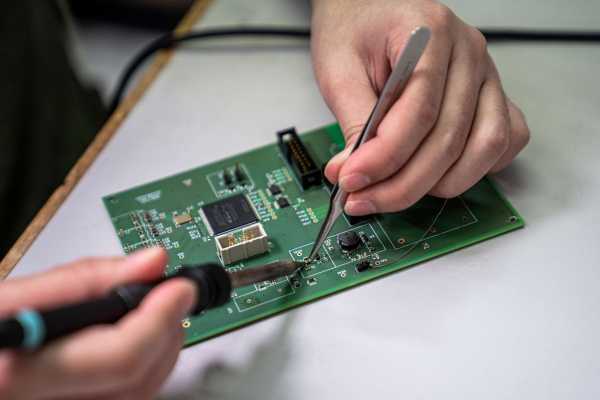この結果は、より安全な装備のための潜在的な解決策を示唆しています。 The findings hint at potential solutions for safer equipment.
2023-05-01 米国国立標準技術研究所(NIST)

A firefighter’s protective “turnout gear” is composed of three distinct layers made of different textiles. In response to concerns about the gear possibly exposing firefighters to PFAS chemicals — several of which have been linked to cancer — NIST researchers investigated the presence of the chemicals in 20 textiles used to make the layers.
Credit B. Hayes/NIST
これまで、公衆はターンアウトギアに含まれるPFASの特定の種類、量、および場所についてほとんど情報を持っていなかったが、米国国立標準技術研究所(NIST)の研究により、その量や種類が分析された。
この研究により、各層ごとの適切な組み合わせを選択することでPFASの量を著しく減らすことができることが示された。
PFASは、油や水に強いため、製品中に普遍的に存在するが、容易に分解されず、私たちの体や環境に残留する。
この研究の成果は、消防士の保護服におけるPFASの量を理解するための第一歩であり、これによりターンアウトギアの標準更新が可能になる。
<関連情報>
- https://www.nist.gov/news-events/news/2023/05/researchers-pin-down-pfas-prevalence-firefighter-gear
- https://nvlpubs.nist.gov/nistpubs/TechnicalNotes/NIST.TN.2248.pdf
新しい消防服のテキスタイルに含まれるパーフルオロアルキル物質とポリフルオロアルキル物質について Per- and Polyfluroalkyl Substances in New Firefighter Turnout Gear Textiles
Andrew C. Maizel, Andre Thompson, Meghanne Tighe ,Samuel Escobar Veras, Alix E. Rodowa, Ryan Falkenstein-Smith, Bruce Benner, Kathleen Hoffman, Michelle Donnelly, Oliva Hernandez, Nadine Wetzler ,Trung Ngu, Jessica Reiner, Benjamin Place, John Kucklick, Catherine Rimmer, Rick D. Davis
NIST Technical Note 2248 Published:May 2023
DOI:https://doi.org/10.6028/NIST.TN.2248

Abstract
Turnout gear is increasingly recognized as a potential source of per- and polyfluoroalkyl substance (PFAS) exposure to firefighters. To determine the identity, concentration, and prevalence of PFAS potentially present in new firefighter turnout gear, fifty-three nonvolatile, semivolatile, and volatile PFAS were quantified in twenty textiles used in the construction of firefighter turnout gear. Between one and 17 PFAS were observed and quantified in each textile, with higher numbers of detections, and higher concentrations of PFAS present in moisture barrier and outer shell textiles compared with thermal liner textiles. 6:2 fluorotelomer methacrylate, 6:2 fluorotelomer alcohol, and 6:2 fluorotelomer sulfonic acid are all fluorotelomerization-derived PFAS with six perfluorinated carbons and they were quantified at the highest concentrations of any PFAS, up to 1,520 µg/kg ± 130 µg/kg (mean ± standard deviation of triplicate measurements of single textile), 613 µg/kg ± 15 µg/kg and 393 µg/kg ± 98 µg/kg, respectively. These three PFAS were not detected in outer shells that had not received fluoropolymer treatments, which could indicate their presence is related to the application of side-chain fluorinated polymers. Also widely observed were two compounds with four perfluorinated carbons: perfluorobutane sulfonic acid and perfluorobutane sulfonamide. Perfluorocarboxylic acids, especially those with fewer than six perfluorinated carbons, were nearly universally identified in turnout gear textiles but at concentrations below 40 µg/kg. In contrast, PFAS with eight or more perfluorinated carbons, such as perfluorooctane sulfonic acid, were present at summed concentrations below 2 µg/kg in all textiles. Summed PFAS concentrations varied widely among each textile type which suggests that the amount of PFAS present in new turnout gear may depend on the specific textiles used in gear manufacturing



